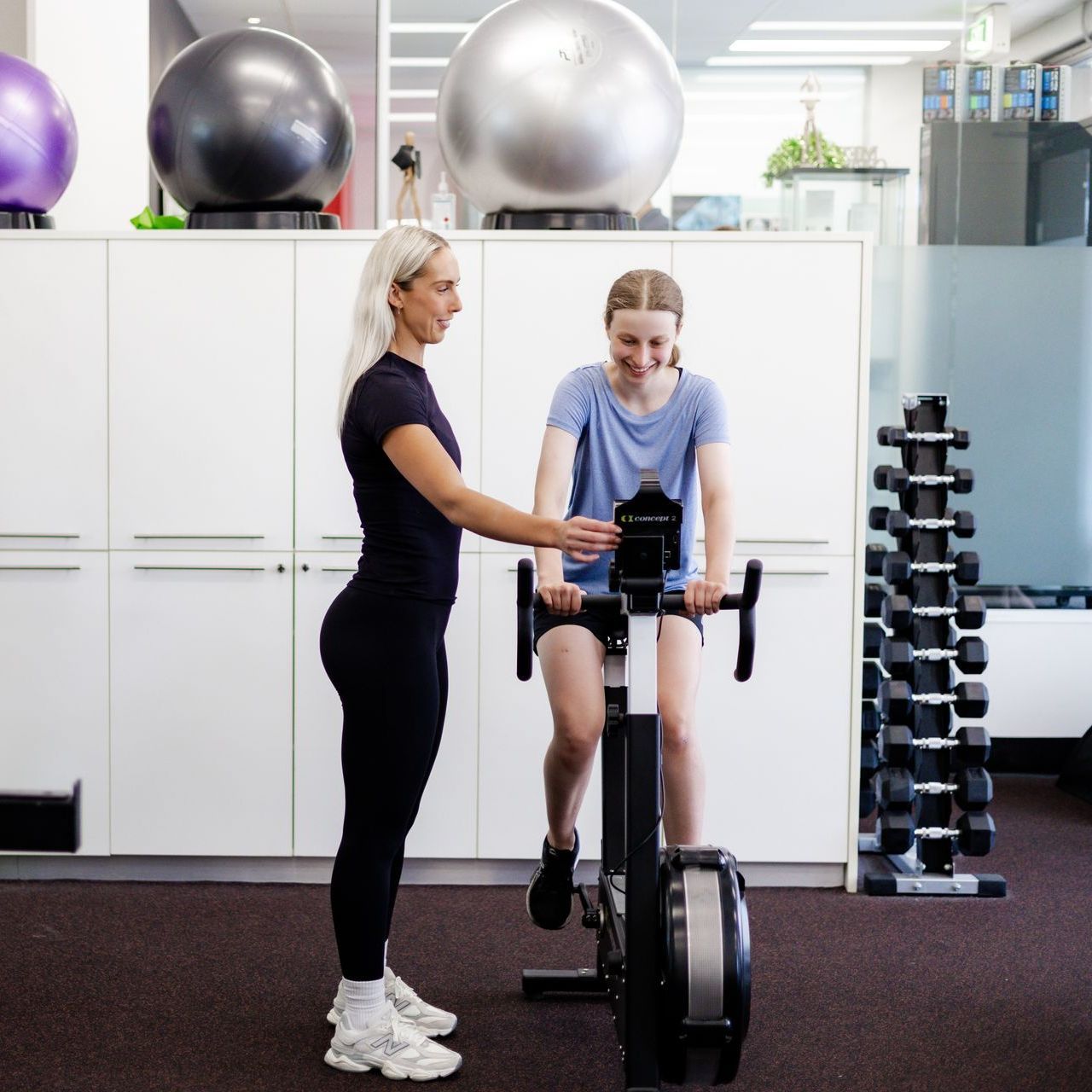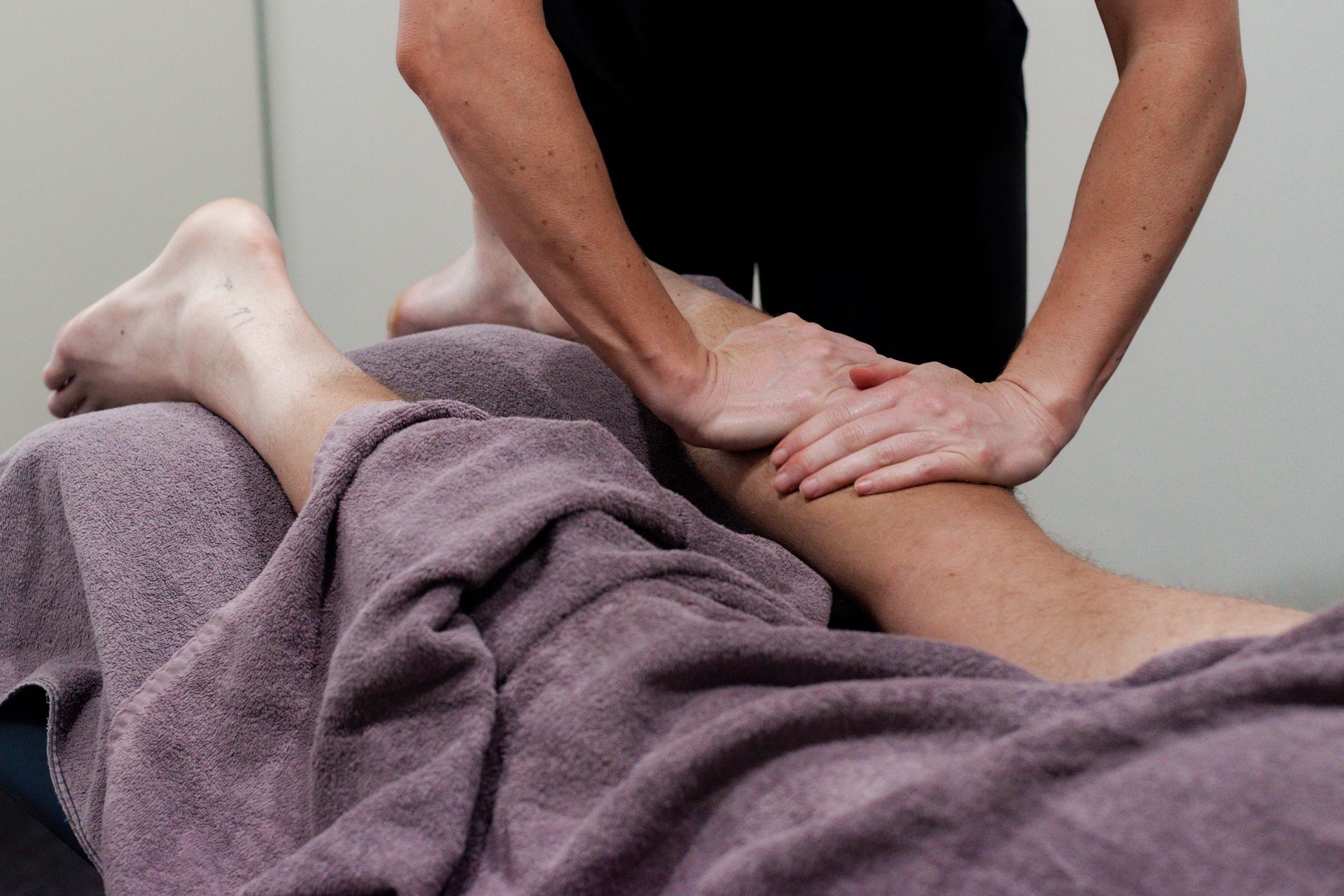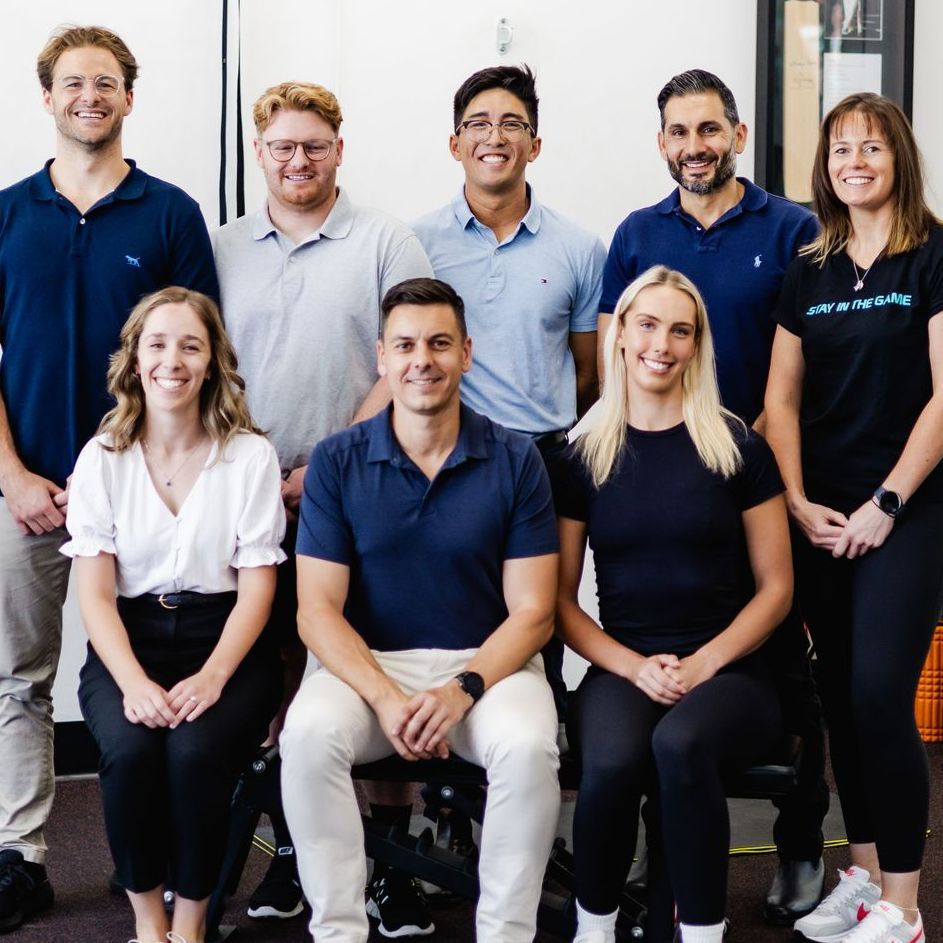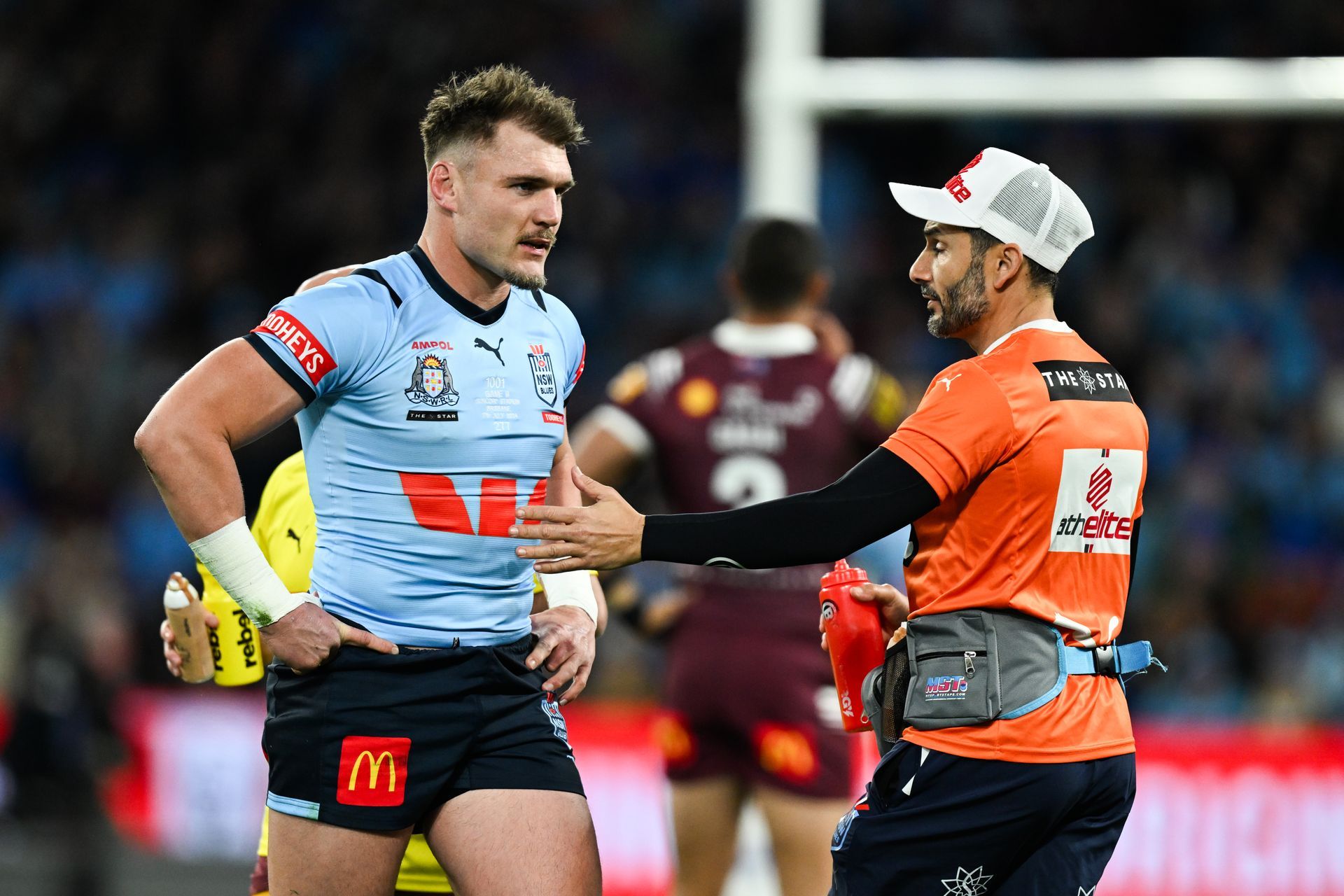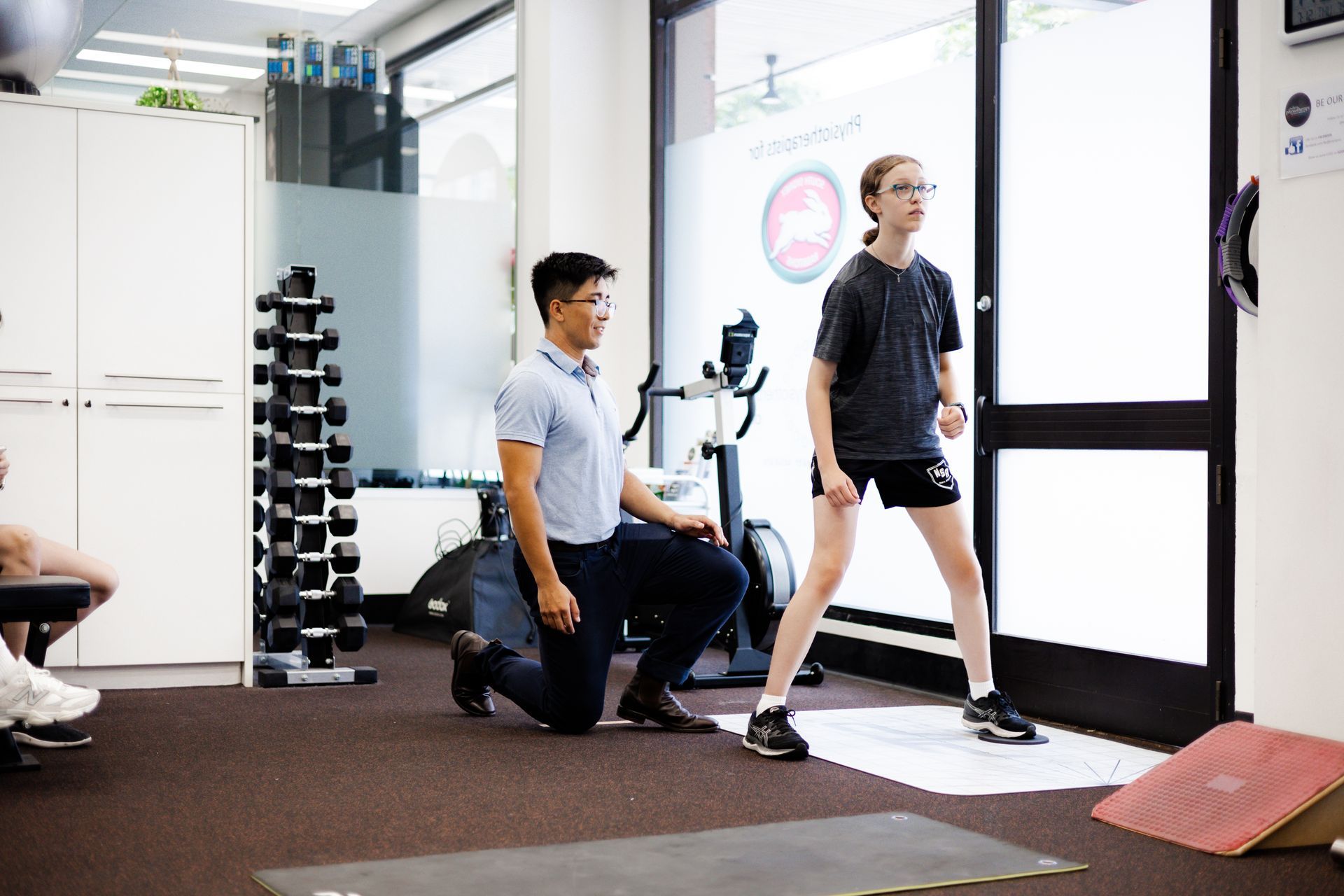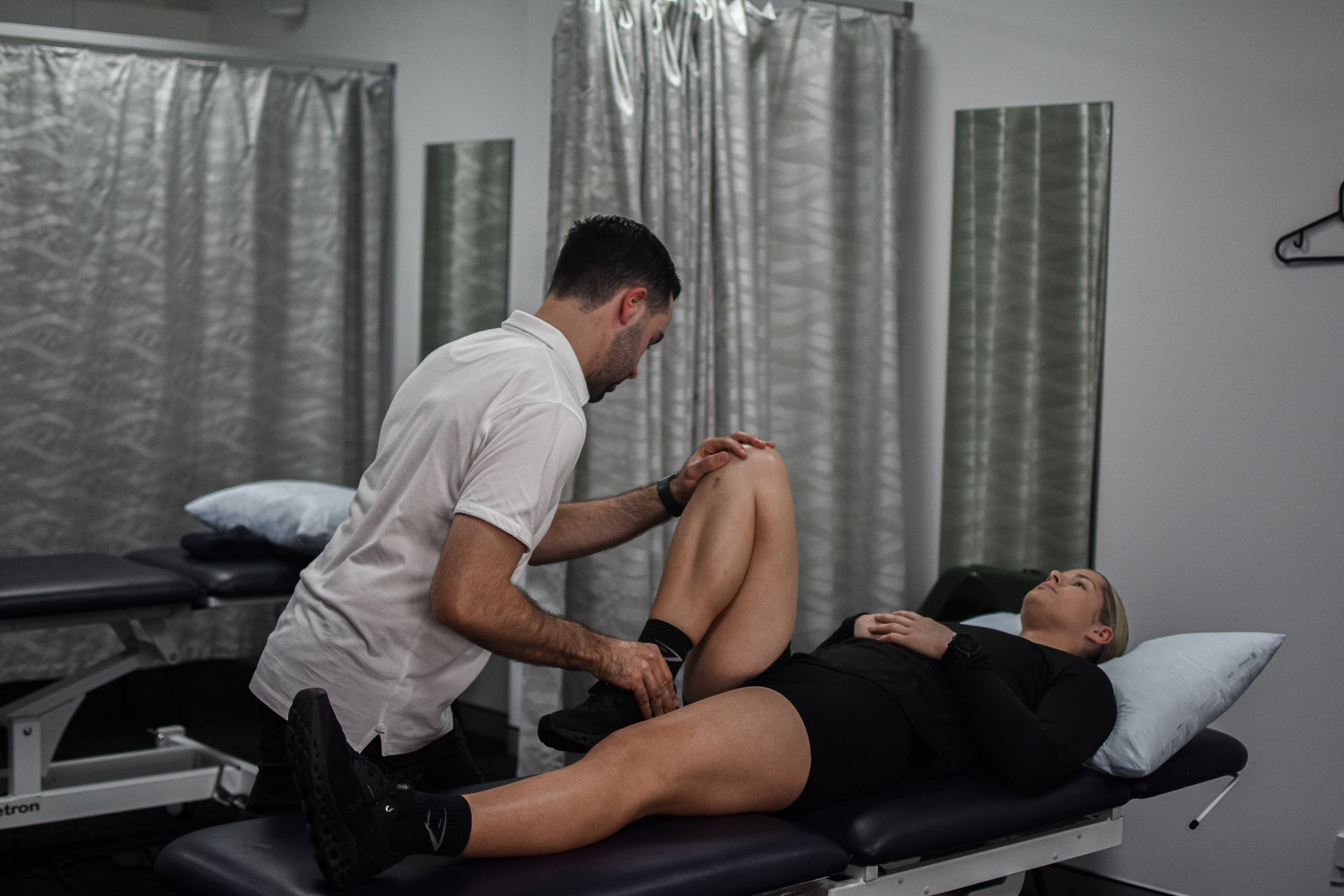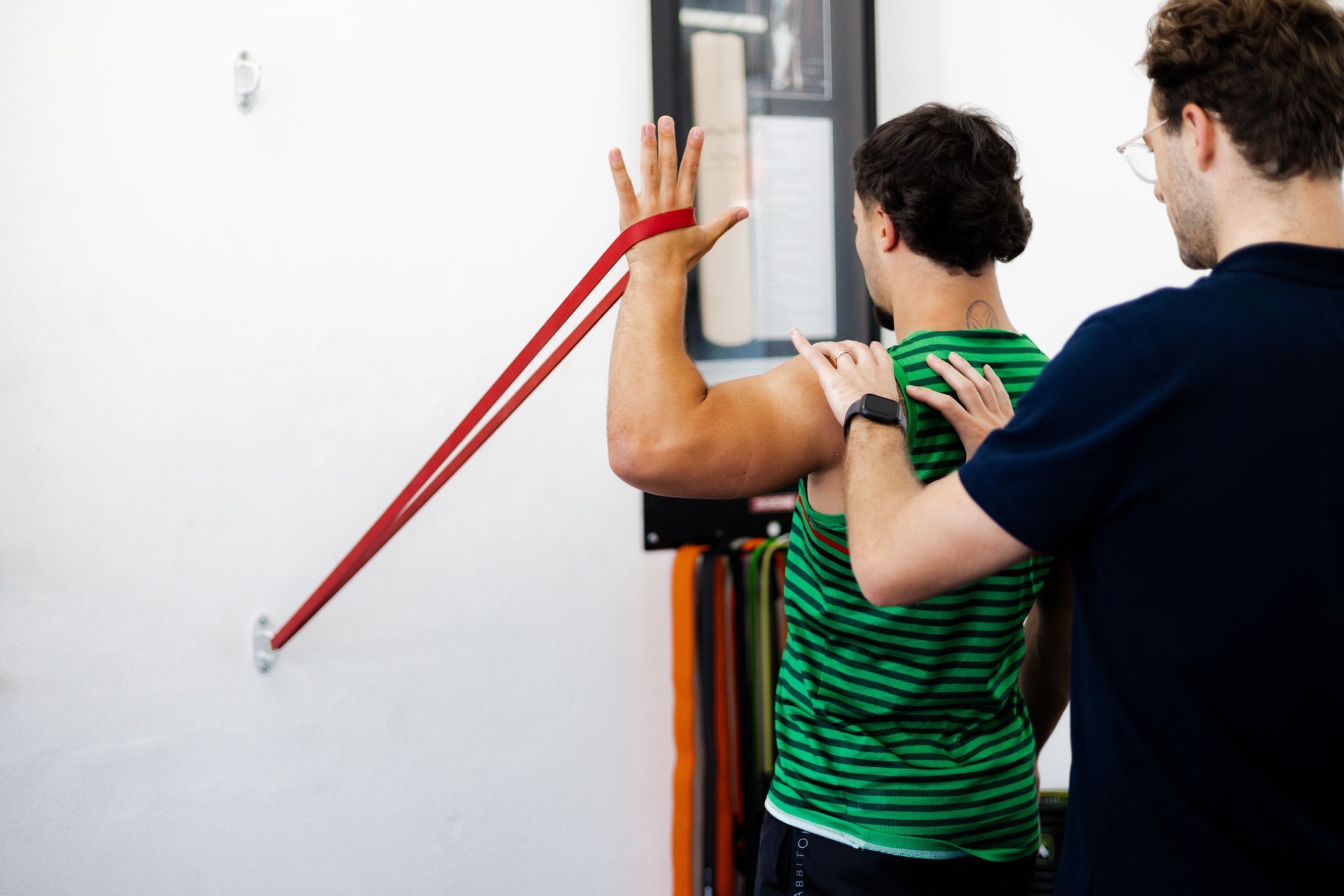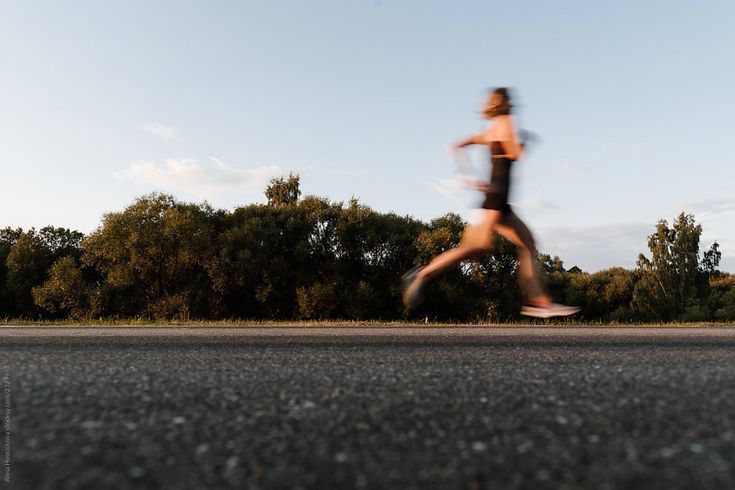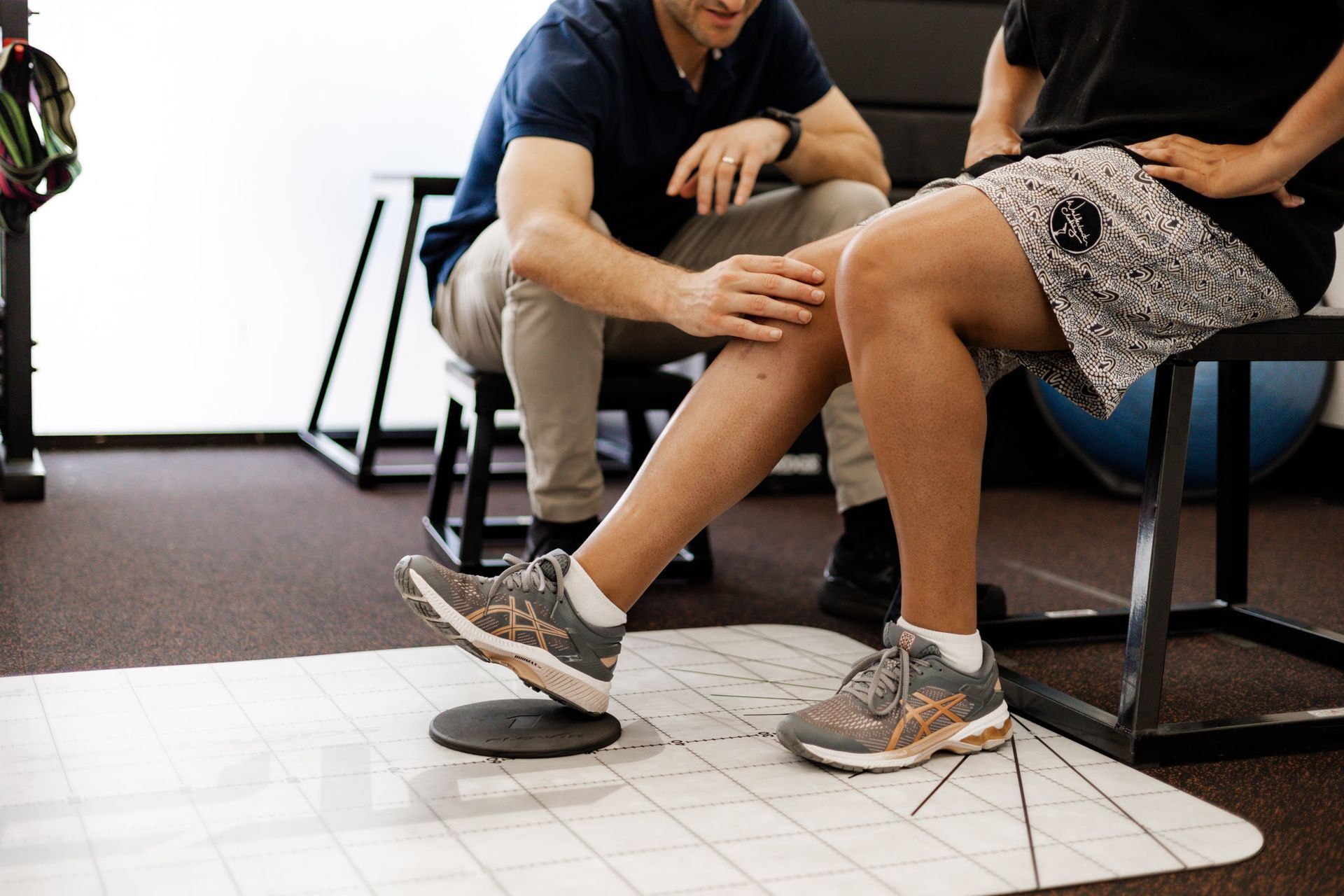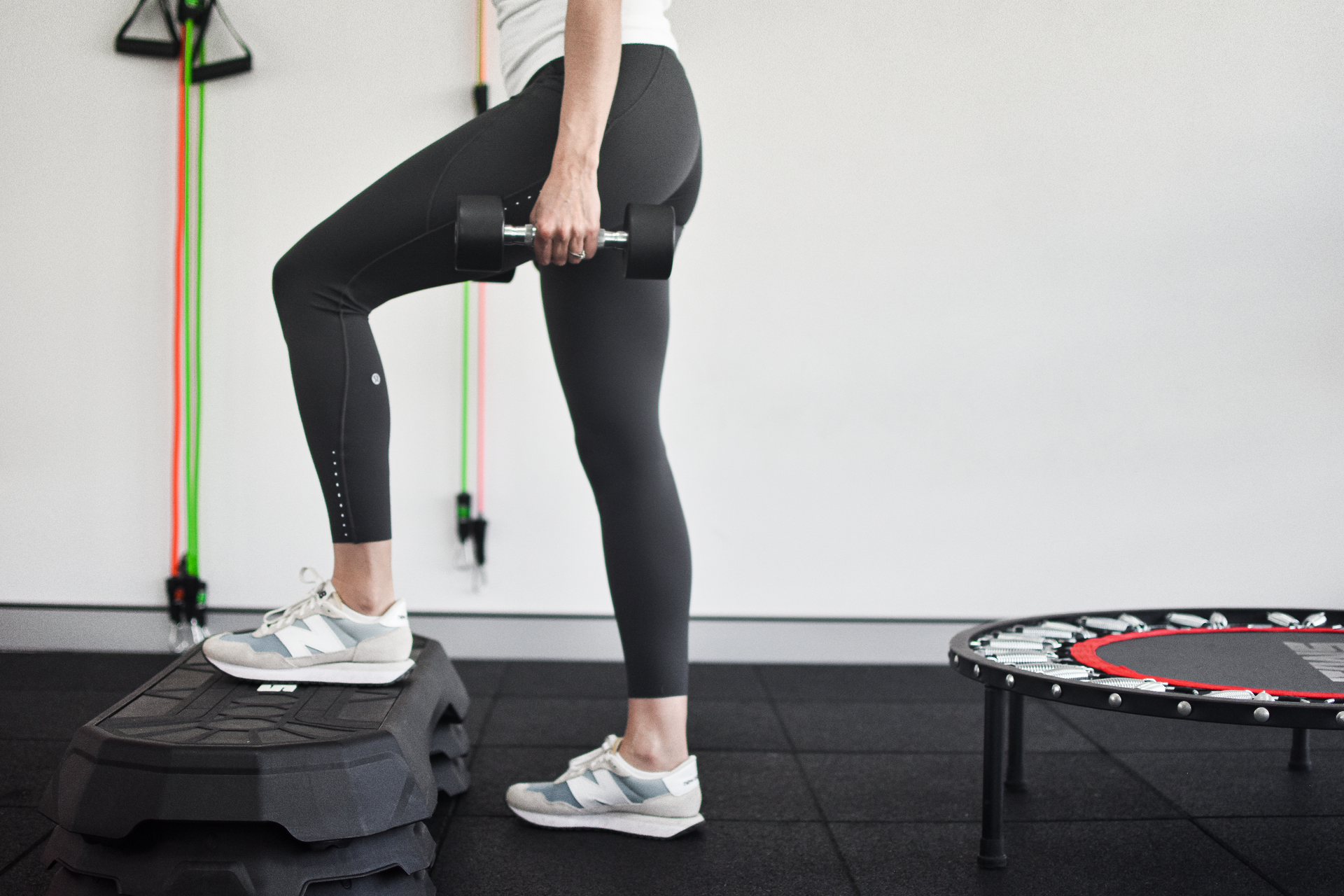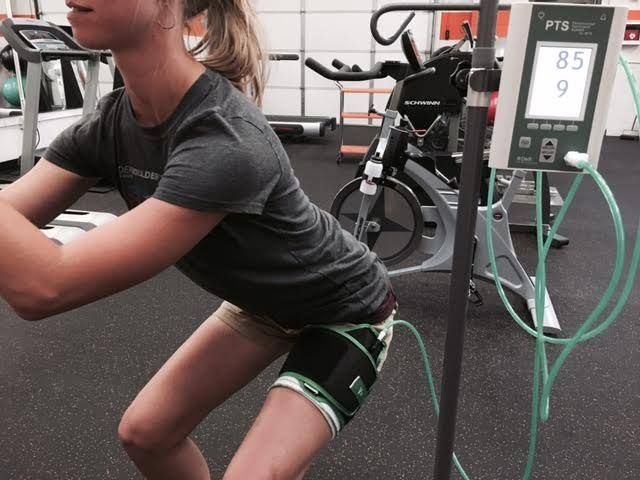Dietitians, The Missing Part of The Injury Recovery Puzzle.
Dietitians, the missing part of the injury recovery puzzle.
Has your physiotherapist ever referred you to a dietitian before? Because they probably should have!
Imagine if you could win the race by having a 50m head start. This kind of edge is the power of combining both physiotherapy and dietitian guidance in your injury journey.
Here are a few examples of how adding a consult with a dietitian can help your injury process and give you that head start.
Injury Prevention:
Physiotherapists don’t just work towards returning you to sport or helping decrease your injury pain. They continue the process assisting to decrease your chance of secondary injuries. This can include long term strengthening programs and ongoing load monitoring adjustments, to ensure you have the best chance of decreasing any secondary injury. So what role does seeing a dietitian have in injury prevention? Fuelling your activity adequately can assist with energy levels and fatigue prevention, in turn reducing the risk of overtraining and injury. Seeking individual advice from a dietitian can assist you to make food choices that ensure you are getting energy delivered at the right times for your chosen sport or activity to prevent fatigue and injury.
Did you know that Johnston ., et el 2013 found that athletes who don’t have adequate time to recover between training, fatigue will accumulate compromise performance and result in an increase risk of injury and illness.
Joint Pain:
Joint pain and osteoarthritis are one of the most commonly seen injuries in the clinic. Physiotherapists can assist to manage daily pain levels, by restoring your joint range of movement and increase your overall strength levels. Increasing your strength can decrease the loads going through your joints. A long term strength program can also decrease your joint pain and allow you to participate in more sport and activity.
How can a consult with a dietitian assist your joint pain?
It is well researched that diet and lifestyle changes can decrease your joint pain.
Messier ., etel 2005 found that each kg of weight reduction, decreased the compressive force within the knee joint. So every kg of weight lost was shown to have a 4 fold reduction of load going through the knee. Some studies have reported up to 50% decrease in knee pain with a 10% body weight loss.
The Mediterranean Diet has also been shown to reduce inflammation and pain in those with joint pain and osteoarthritis. The Mediterranean Diet is a way of eating that is high in anti-inflammatory and antioxidant nutrients including plenty of fruit, vegetables, legumes, wholegrains, nuts, seeds, herbs, spices and olive oil.
Improving Performance:
How can physiotherapy and dietetics help to improve your sports performance? As mentioned before, physiotherapist’s don’t just return you to sport. They can help take you to a higher level, faster and stronger post injury. Throughout your rehabilitation stages there will be a time where you transition into some form of training. This means added training sessions and rehab sessions. To maximize your return, working closely with a dietitian can assist you achieve your return to sport goals.
Sports performance can largely be influenced by the correct fuelling of macronutrients prior to sport and more importantly the right dosage after activity to help your recovery. Training under fuelled can result in poor performance and feeling like you are lacking energy and unable to perform at your best, it also increases your risk of injury and illness. Dietitians can also discuss the use of supplements to help you achieve the best performance you can. If supplements are right for you and your sport, a dietitian can help prescribe how best to incorporate these into your diet.
These are just a few examples of how combining the power of physiotherapy and dietitian guidance can give you that 50m head start in winning your injury race. Every injury is different and every case if different from the next, therefore it is important to get tailored guidance that is individualised for you. At Redfern Physiotherapy & Sports Medicine we believe incorporating the whole team can give you the best outcome in your journey. If you are looking for that cutting edge in your injury journey, speak to your physiotherapist about booking a dietitian consult now.
References:
Written by Antonietta Del Pinto & Fiona Kupresanin
